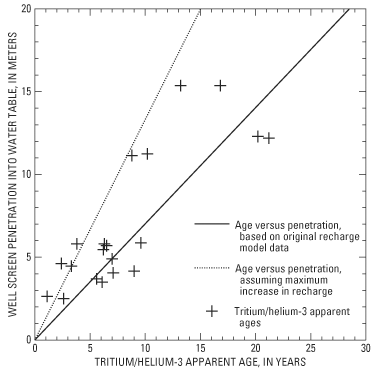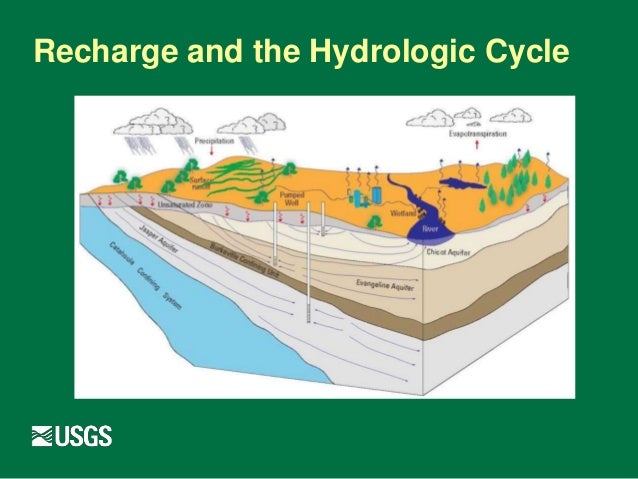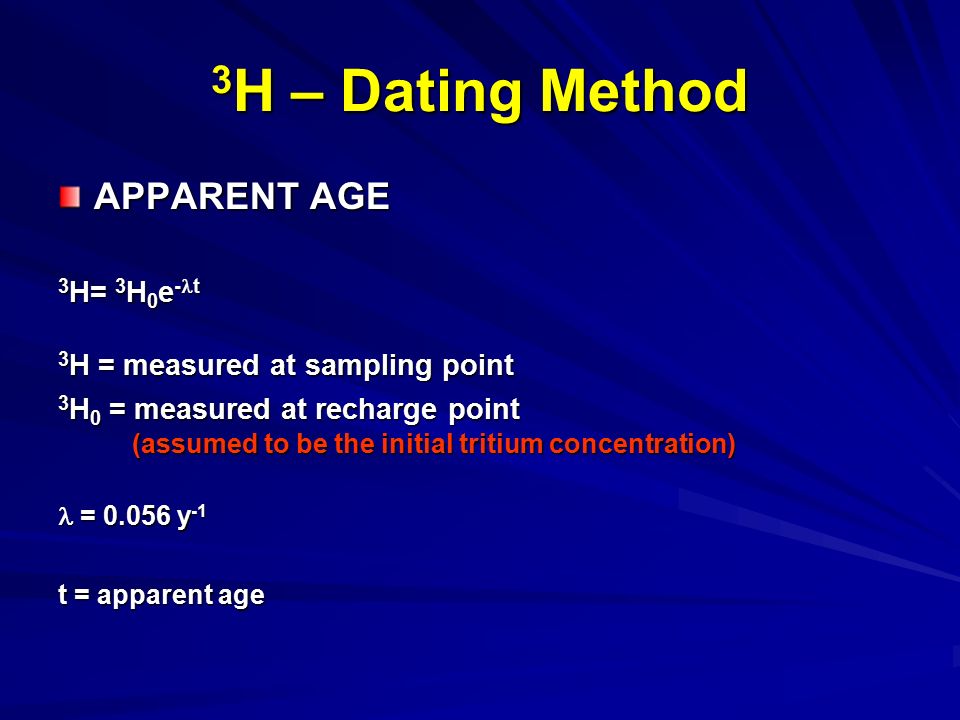Marketing
Tritium 3he dating of shallow groundwater - ibenik
The Reston Groundwater Dating Laboratory

Dating Site: Tritium 3he dating of shallow groundwater
Tritium in precipitation: comparison between the years of high tritium 1963-67 and recent years. Qu'est-ce que la Société jurassienne d'Émulation?

On the potential use of uranium isotopes for groundwater dating. Jeffrey Starn and Matthew K.

société jurassienne d'émulation - Fontes Eds , Handbook of Environmental Isotope Geochemistry.

Abstract Determining the age of groundwater from monitoring wells can greatly aid in understanding a hydrologic system. Groundwater dating techniques have been used to estimate residence adting ranging from about 1000 to 50,000 years. While such measurements have been very useful in hydrothermal and geochemical studies and in the development of groundwater supplies, they have been of limited use gfoundwater contaminant studies associated with shallow groundwater systems since residence times are often much less than 1000 years. Authors: Publication Date: 1988-08-26 Research Org. Groundwater dating techniques have been used to estimate residence times ranging from about 1000 to 50,000 years. While such measurements have been very useful in hydrothermal and geochemical studies and in the development of groundwater supplies, they have been of limited use in contaminant studies associated with shallow groundwater systems since residence times tritiium often much less than 1000 years. The motivation for the study was to compare the methodology of the different tracers for application to shallow groundwater dating. In addition the multitracer approach adds to the understanding of and provides constraints for the hydrological flow system at the Delmarva Peninsula. Concentrations of radionuclides in pertinent environmental media were also continuously or periodically monitored by established air, milk, and water sampling networks. An airplane was airborne near the test area at detonation time to undertake tracking and sampling 3be any release which might occur. The concentrations at these locations when averaged over the year troundwater less than 0.
ASMR
Eweis, Diffusive fractionation of 3H and 3He in groundwater and its impact on groundwater age estimates , Water Resources Research , 42 , 7 , 2006. The 3He excess produced by radioactive decay of bomb tritium released mainly between 1952 and 1963 is clearly reflected in the data. Jenkins and John L. Origin and age of thermal waters in Cieplice Spa, Sudeten, Poland, inferred from isotope, chemical and noble gas data. Michel, Flow of river water into a karstic limestone aquifer2.
[Speed dating bruxelles|Dating sites no signup needed|Najbola aplikacija za upoznavanje]
Post je objavljen 17.12.2018. u 12:58 sati.